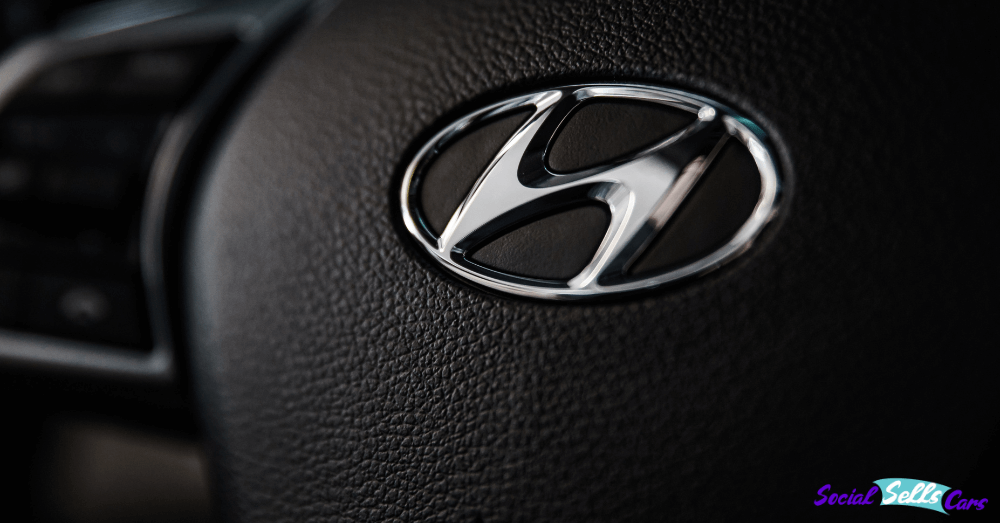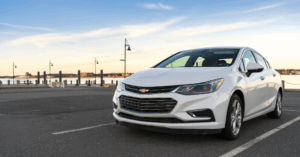
Hyundai just made some noise that truck buyers and hybrid shoppers need to hear. The Korean automaker dropped its 2030 game plan in New York last month, and it’s packed with enough surprises to make Toyota and Ford sit up straight. We’re talking about a proper midsize pickup to battle the Tacoma, 18 hybrid models hitting showrooms, and a promise to build 80% of its American cars right here in the States. The question is whether American buyers will actually show up when Hyundai crashes the truck party.
- Hyundai’s planning a body-on-frame midsize pickup by 2030 that goes head-to-head with Tacoma, Ranger, and Colorado
- The company’s rolling out 18+ hybrid models and extended-range EVs with 600+ mile capability starting in 2027
- Georgia’s getting a $2.7 billion factory expansion, creating 3,000 jobs as Hyundai pushes for 80% domestic production
The Pickup Truck Reality Check
Here’s the thing about the truck market. It’s brutal, it’s loyal, and it doesn’t hand out participation trophies. Hyundai learned that lesson with the Santa Cruz, which carved out a nice niche as a lifestyle vehicle. But calling the Santa Cruz a real truck is like calling a Subaru Baja a full-size hauler.
The new midsize truck Hyundai is planning is different. This one gets proper body-on-frame construction, the kind of setup that truck people actually respect. We’re talking about a vehicle positioned to take on the big dogs. The Toyota Tacoma just got redesigned and dominates its segment. The Ford Ranger keeps evolving. Chevy’s Colorado and GMC’s Canyon have their devoted followers. Hyundai’s walking into a bar fight.
What makes this interesting is timing. Hyundai’s giving itself until 2030, which sounds far off but is actually tight for developing an entirely new platform. The company’s going solo on this one too, despite their collaboration with GM on trucks for South America. Hyundai CEO José Muñoz made it clear they feel confident in their abilities to develop this program in-house.
The smart money says Hyundai will lean on its sister company Kia, which already builds the Tasman pickup for overseas markets. That truck uses body-on-frame construction and could provide the bones for Hyundai’s American offering. But the Tasman’s styling wouldn’t fly here. American truck buyers want tough, capable looks.
Where Hyundai could actually win is on value and efficiency. Midsize trucks have gotten expensive. A loaded Tacoma easily hits $50,000. Hyundai’s made its name by giving buyers more features for less money. If they can nail that formula with a truck that actually works, they might grab some market share.
The Hybrid Explosion That Actually Matters
Eighteen hybrid models by 2030 sounds like corporate speak until you think about gas prices and what happened the last time fuel hit $5 a gallon. Hyundai’s betting that shoppers want the efficiency without the range anxiety that comes with full EVs.
The Palisade Hybrid just hit dealers, and it’s showing what Hyundai can do with this tech. That 2.5-liter turbocharged hybrid setup delivers 329 horsepower while still returning better fuel economy than the V6. More importantly, it drives like a normal car. No weird regenerative braking feel, no compromise in power when you need to merge on the highway.
Genesis is getting into the hybrid game too, starting in 2026. That matters because luxury buyers have been slower to embrace hybrids. But when gas prices spike or when you’re stuck in city traffic, that hybrid system starts looking pretty smart. Genesis putting Hyundai Hybrids across its lineup gives buyers the right powertrain for how people actually drive.
The real wild card is the EREV technology coming in 2027. Extended-range electric vehicles work differently from plug-in hybrids. The gas engine never powers the wheels directly. It just charges the battery, which means you get an EV driving feel with over 600 miles of total range. For people scared of running out of charge in the middle of nowhere, that changes everything.
Think about it this way. You drive to work on electric power, plug in at home, and never burn gas for your daily commute. But when you want to head out for a long weekend camping trip, you fill up the tank and drive 600+ miles without sweating the charger network. That bridges the gap for a lot of folks who want to go electric but can’t quite commit.
The Made in America Push
Hyundai’s Georgia factory tells you everything about where the company sees its future. That $7.6 billion Metaplant America near Savannah represents the biggest single economic development project in Georgia’s history. The facility opened in 2024 and started pumping out Ioniq 5s with plans to build 500,000 vehicles annually when fully ramped up.
Now, Hyundai’s throwing another $2.7 billion at Phase 2 of the expansion. That adds 200,000 units of production capacity by 2028 and creates 3,000 more jobs. The company is targeting 80% domestic production for vehicles sold in America by 2030.
Building cars locally matters for several reasons. First, it shields Hyundai from tariffs and trade disputes. Second, it speeds up production and delivery. Parts don’t have to cross an ocean. Third, it creates jobs and goodwill in communities that really need the economic boost.
The Georgia facility uses robots and AI to handle a lot of the heavy lifting. Automated guided vehicles zip around, moving cars between stations. Four-legged robot dogs inspect vehicles for defects. People still do the intricate work, but the setup aims to make their jobs easier and safer.
Does building locally actually make cars cheaper for buyers? Not really. Labor costs more in America than in Korea. The Georgia plant workers earn good wages averaging $58,105 annually, which is great for them but adds to vehicle costs. Hyundai’s betting that avoiding shipping expenses and tariffs balances out the higher labor costs enough to keep prices competitive.
What This Actually Means for Buyers
So what should truck shoppers and hybrid hunters take away from all this? Hyundai’s making real moves. The pickup truck gamble is risky but could pay off if they nail the execution. American truck buyers are loyal, but they’re not blind. A good truck that costs less than the competition will find customers.
The hybrid expansion matters more immediately. Those 18 models cover everything from compact cars to three-row SUVs. If you’ve been eyeing a hybrid but don’t want a Prius, Hyundai’s giving you options. The EREV technology coming in 2027 could be the bridge a lot of people need to go electric without the anxiety.
The Georgia factory expansion shows Hyundai’s commitment for the long haul. They’re diving in with billions of dollars and thousands of jobs on the line. That commitment should translate to better dealer networks, more service centers, and parts availability that matches the big American brands.
But let’s be real about the challenges. Hyundai’s still fighting perception battles. A lot of truck buyers won’t even consider anything without a Ford, Chevy, or Toyota badge. The company needs to prove its truck can handle the abuse that midsize pickup owners dish out.
The Bottom Line
Hyundai’s 2030 plan is ambitious. Building a competitive midsize truck from scratch in five years while rolling out 18 hybrid models and expanding a massive factory would challenge any automaker. The difference is that Hyundai’s got momentum. The Ioniq 5 wins awards. The Palisade outsells its luxury competitors. The Santa Fe Hybrid delivers on its promises.
If the company can carry that momentum into trucks while keeping hybrid prices reasonable, they’ve got a shot at reshaping how Americans view the brand. The EREV technology with 600+ miles of range could solve the EV adoption problem for a huge chunk of the market. And building 80% of American sales domestically insulates the company from trade wars while creating thousands of good-paying jobs.
The truck market remains the wild card. Success there changes everything for Hyundai in America. Failure keeps them boxed into the car and crossover segments. Either way, the next five years will show us if this bold strategy pays off or if Hyundai bit off more than it could chew.
This post may contain affiliate links. Meaning a commission is given should you decide to make a purchase through these links, at no cost to you. All products shown are researched and tested to give an accurate review for you.








